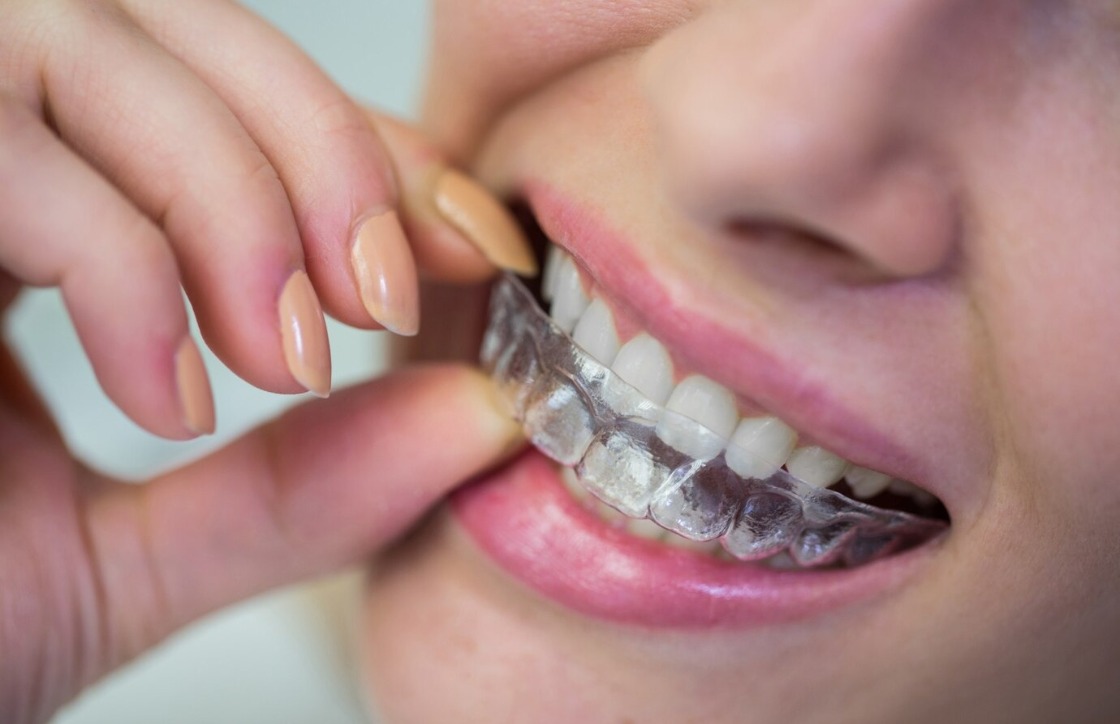
In recent years, clear aligners have revolutionized the field of orthodontics, offering a discreet and comfortable alternative to traditional braces. These transparent, custom-fitted devices have gained immense popularity for their ability to straighten teeth without the noticeable appearance of metal braces. In this comprehensive guide, we will delve into the mechanics of how clear aligners work, providing insights into the step-by-step process of achieving a beautifully aligned smile.
1. Understanding the Basics
Clear aligners are custom-made, transparent trays crafted from a BPA-free plastic material. They are designed to snugly fit over the teeth, gently applying controlled pressure to guide them into the desired position over time.
2. Consultation and Treatment Planning
The clear aligner journey typically begins with a consultation with an orthodontist or a dentist trained in orthodontics. During this initial visit, a comprehensive examination, including X-rays and digital scans, is conducted to assess the current alignment of the teeth. The gathered data is then used to create a personalized treatment plan.
3. Digital Impressions and 3D Modeling
Traditional molds of the teeth are replaced with digital impressions and 3D modeling technology. High-tech scanners capture precise details of the teeth, creating a virtual model that serves as the foundation for the custom aligners. This digital approach allows for unparalleled accuracy and ensures a perfect fit for each stage of the treatment.
4. Customized Treatment Plan
Orthodontic professionals use specialized software to create a step-by-step treatment plan. This digital roadmap outlines the gradual movement of the teeth, specifying the position of each tooth at every stage of the treatment. Patients can preview the anticipated results before committing to the clear aligner treatment.
5. Fabrication of Custom Aligners
Once the treatment plan is finalized, the data is sent to a manufacturing facility where the custom aligners are fabricated. Using advanced computer-aided design and manufacturing (CAD/CAM) processes, each aligner is precisely crafted to exert specific forces on the teeth, gradually shifting them into the desired alignment.
6. Wearing the Clear Aligners
Patients receive a series of aligners, each intended to be worn for a specific duration, typically around two weeks. The aligners are to be worn for at least 20-22 hours per day, only removed for eating, drinking, and oral hygiene. As the patient progresses through the series, the teeth gradually move into their desired positions.
7. Gentle Force and Controlled Movement:
The effectiveness of clear aligners lies in their ability to apply gentle, yet constant, pressure on the teeth. Each aligner in the series is slightly different, reflecting the incremental adjustments needed for the progressive movement of the teeth. This controlled force ensures a comfortable and gradual realignment without causing undue stress on the teeth or supporting structures.
8. Monitoring Progress:
Regular check-ups with the orthodontist allow for the monitoring of progress and the evaluation of any necessary adjustments. In some cases, additional aligners may be required to address specific tooth movements or refinements. The flexibility of clear aligners accommodates these modifications seamlessly.
9. Addressing Various Orthodontic Issues
Clear aligners are effective in addressing a range of orthodontic issues, including crowding, spacing, overbites, underbites, and crossbites. The treatment’s adaptability to diverse cases has contributed to its widespread adoption by both adults and teenagers seeking orthodontic correction.
10. Oral Hygiene and Maintenance
Maintaining optimal oral hygiene is crucial during clear aligner treatment. Unlike traditional braces, aligners can be easily removed for brushing, flossing, and routine cleaning. This reduces the risk of plaque buildup and promotes healthier gums and teeth throughout the treatment.
11. Lifestyle Convenience
Clear aligners offer a lifestyle advantage as they are virtually invisible, allowing individuals to undergo orthodontic treatment without the aesthetic concerns associated with metal braces. This discretion is particularly appealing to professionals, adults, and teenagers who may be self-conscious about the appearance of traditional braces.
12. Gradual Retention with Retainers
Upon completing the series of aligners and achieving the desired alignment, patients transition to the retention phase. Retainers, either removable or fixed, are prescribed to prevent the teeth from reverting to their original positions. Consistent use of retainers helps ensure the longevity and stability of the achieved results.
13. Advantages of Clear Aligners
Clear aligners offer numerous advantages beyond their discreet appearance. They are removable, facilitating easier oral hygiene, and eliminating dietary restrictions often associated with traditional braces. Additionally, the absence of wires and brackets reduces the likelihood of discomfort and oral irritations.
14. Addressing Concerns and Misconceptions
It’s essential to address common concerns and misconceptions about clear aligners. Some individuals worry about their efficacy in severe cases, but advancements in technology have expanded their applicability. Clear aligners are a viable option for various orthodontic issues, and consultation with a professional can determine their suitability for specific cases.
Conclusion
Clear aligners represent a groundbreaking advancement in orthodontics, providing an aesthetically pleasing and convenient alternative to traditional braces. Understanding the intricate process behind how clear aligners work sheds light on the transformative journey towards a straighter, healthier smile. As technology continues to evolve, clear aligners remain at the forefront of orthodontic innovation, offering individuals a path to confident and beautiful smiles with unparalleled comfort and convenience.




